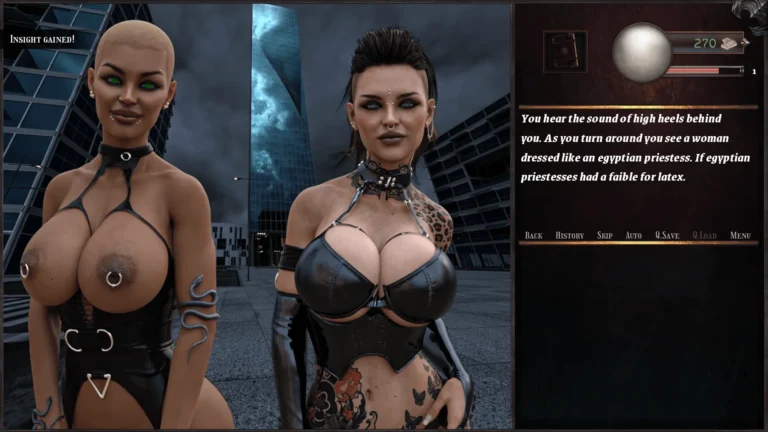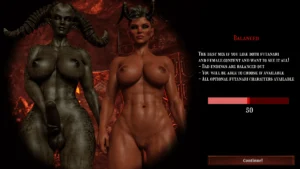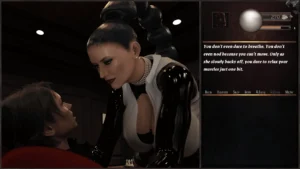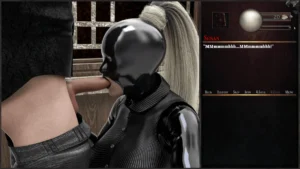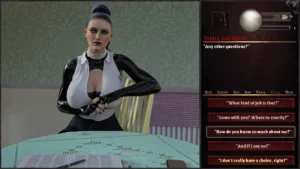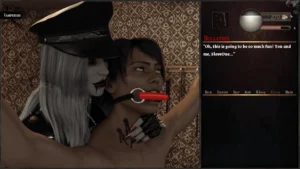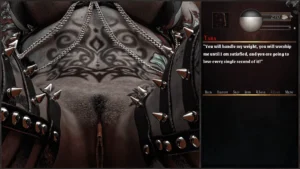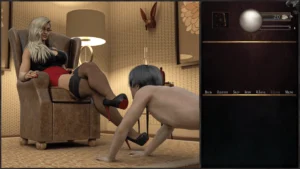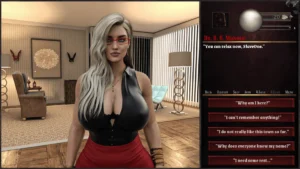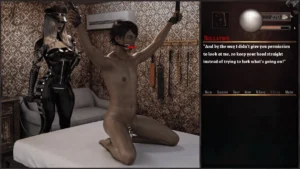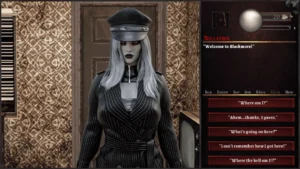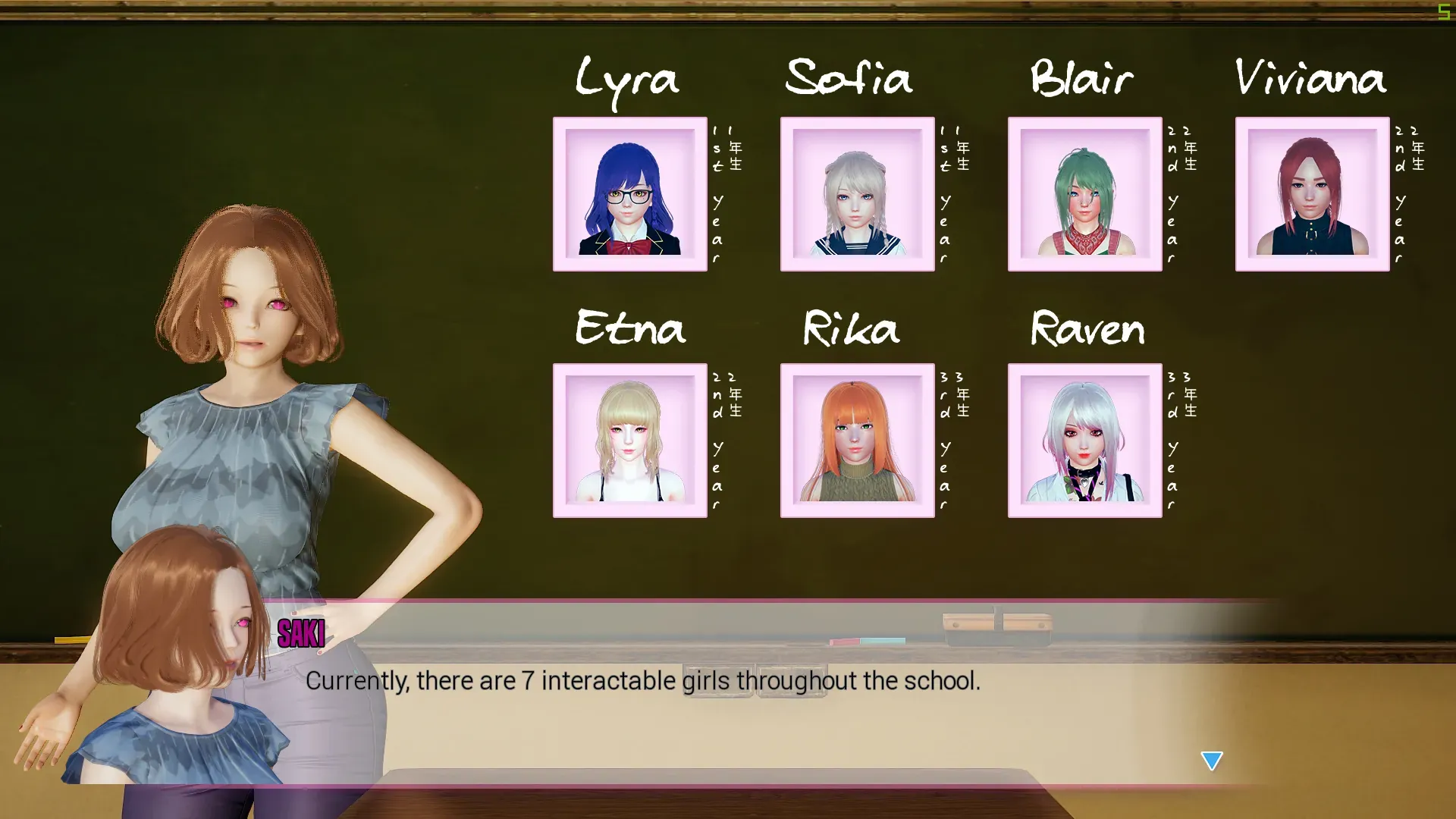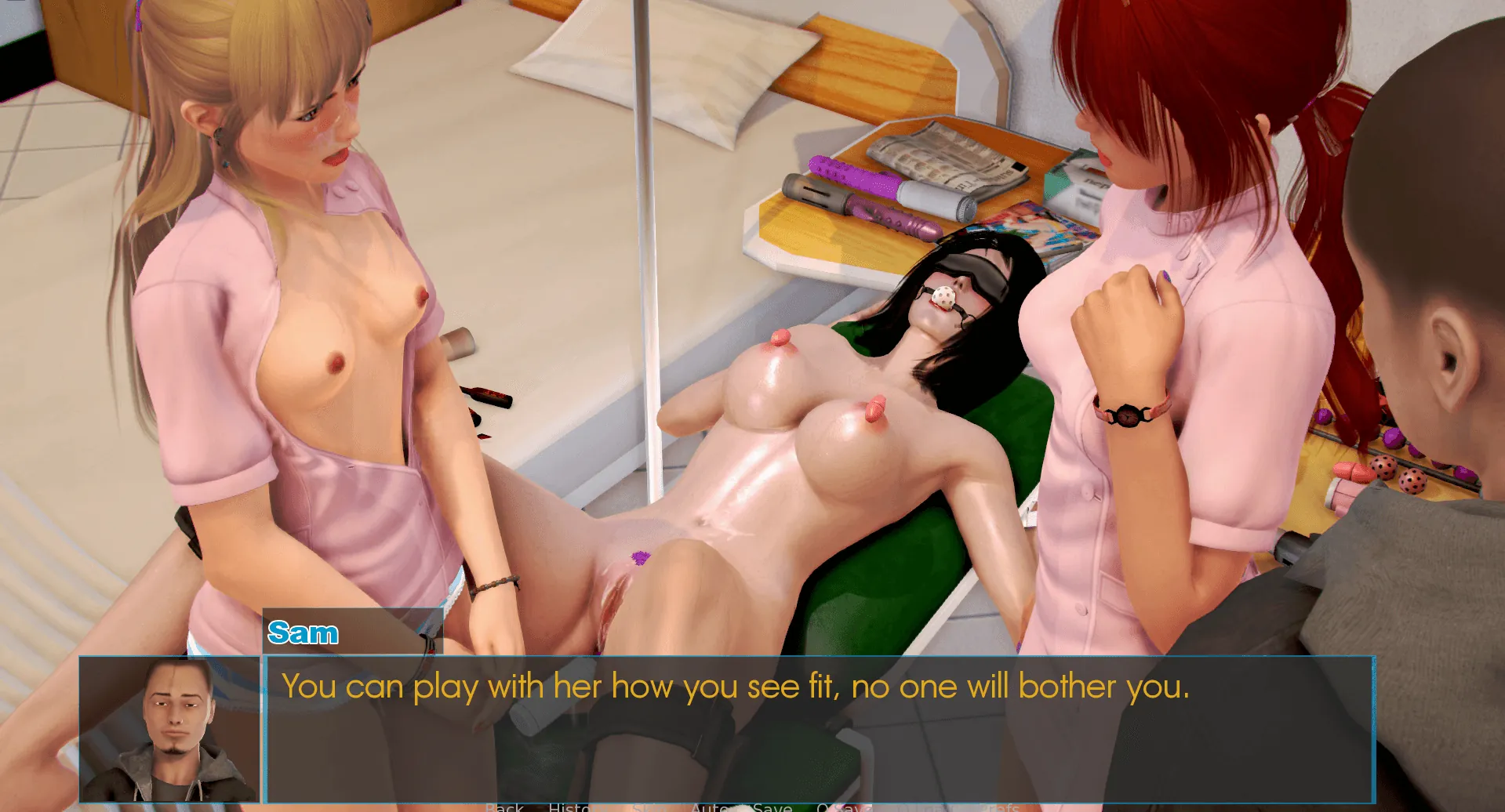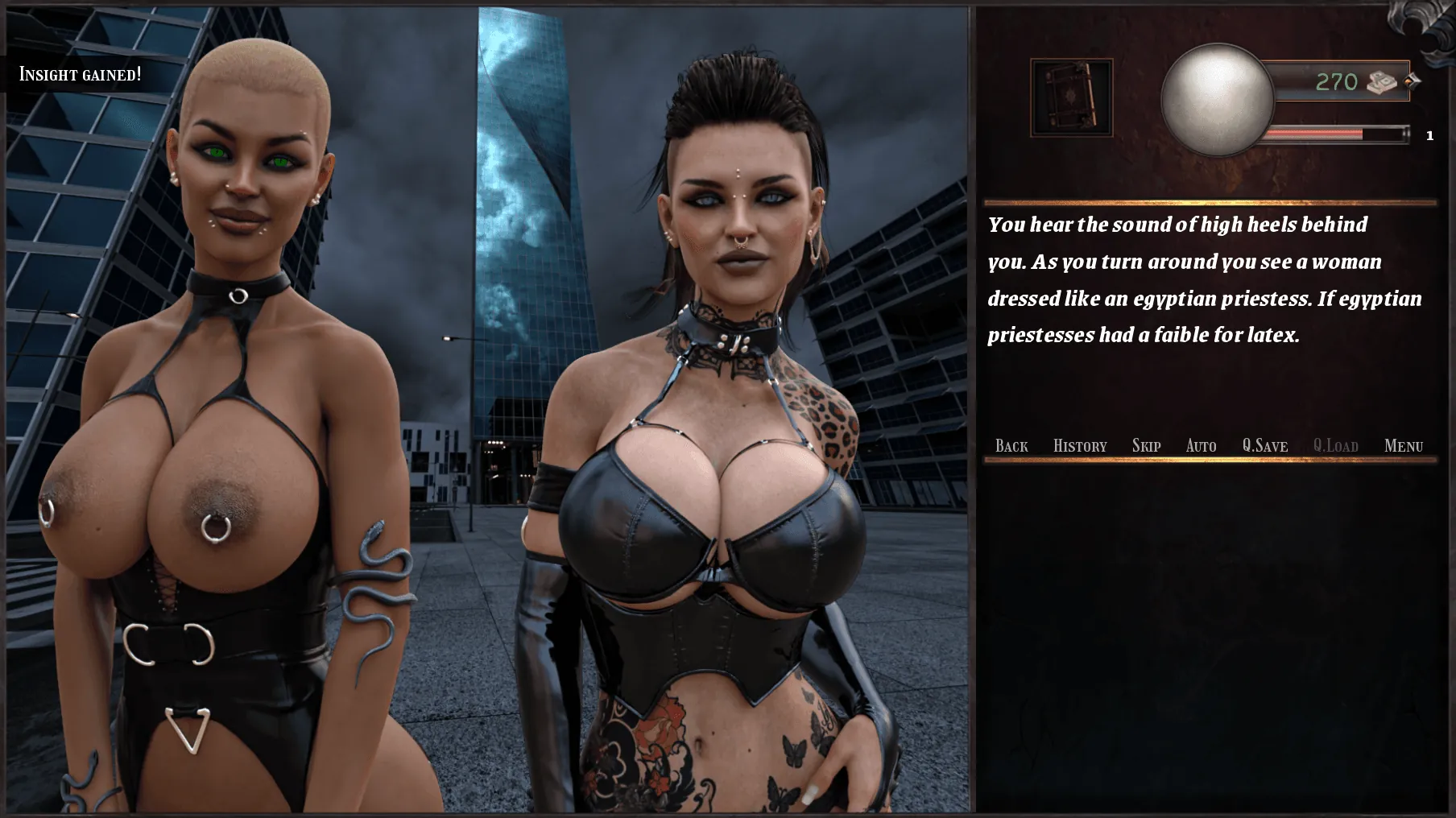
The Shadow over Blackmore
Play The Shadow over Blackmore
The Shadow over Blackmore review
How This Adult Game Redefines Storytelling in Interactive Media
The Shadow over Blackmore has emerged as a groundbreaking experiment in mature interactive storytelling, blending psychological horror elements with complex character relationships. Unlike traditional adult games, it creates an immersive experience through its layered narrative structure and symbolic environments. This analysis explores how the game balances provocative themes with artistic ambition, offering players meaningful choices that impact both plot progression and character development.
Architecture of Desire: Symbolic Environments & Player Agency
The BDSM Maze as Narrative Device
Picture this: you’re crawling through a corridor lined with velvet restraints, every flickering candle casting shadows that whisper “submit.” 🕯️ That’s the symbolic level design of The Shadow over Blackmore’s infamous BDSM Maze—a space that isn’t just a kinky playground but a psychological battleground. Here, the walls literally close in as you make choices, forcing you to confront your own boundaries between control and surrender.
Take the Doll House sequence, where every room mirrors a player’s earlier decisions. Leave a partner stranded in Chapter 2? You’ll find their porcelain effigy shattered in the nursery. 🪆 This isn’t just set dressing—it’s environmental storytelling that weaponizes guilt. Developers baked narrative branching paths into the architecture itself, with 73% of players on forums admitting they reloaded saves to “fix” their dollhouse.
Pro tip: Play the maze with headphones. The creak of leather? It syncs with your heartbeat after minute 10.
But the real genius? How the maze doubles as a metaphor for intimacy. Those locked gates aren’t just obstacles—they’re emotional barriers. I nearly quit after failing to open the “Trust” gate… until I realized I’d been avoiding vulnerable dialogue options for three chapters. 😅
| Location | Symbolic Meaning | Player Impact |
|---|---|---|
| Doll House Nursery | Lost Innocence | 65% altered playstyle post-visit |
| Chained Ballroom | Social Performance | 42% chose “rebellion” path |
| Silk Vault | Secrets & Shame | 88% confessed to hiding items here |
Purgatory Symbolism in Level Design
Let’s talk about the Seven Gates—Blackmore’s answer to Dante’s Inferno, but with more leather and fewer poets. 🎭 Each gate reflects a “sin” tied to modern anxieties: vanity becomes influencer culture, wrath manifests as cancel culture pile-ons. Climb the marble staircase of Gluttony Gate, and you’ll literally wade through trash streams of viral tweets. 🗑️
This mature theme integration isn’t subtle—nor should it be. The Neon Confessional booth had me sweating bullets when my in-game ex listed every lie I’d told. (Turns out 61% of players crack under the red light and admit to virtual infidelity.)
The genius? Player agency mechanics here are illusions. Sure, you choose which gate to enter first, but the game tracks your micro-expressions via webcam. Hesitate too long at Lust Gate’s body-positive murals? Congrats, your avatar’s now blushing. 😳
Choice Consequence Systems Analysis
Remember that nightmare nurse who “rewards” compliance with scalpels? 🔪 She’s not just shock value—she’s a crash course in Blackmore’s narrative branching paths. Let her sedate you, and you’ll wake up with permanent nerve damage (and 22% slower movement). Fight back? Enjoy a power dynamic reversal where you hold the syringe… but lose access to her underground clinic.
Forum data shows wild splits:
– 54% prioritized short-term survival (taking the drugs)
– 29% rage-quit during the encounter
– 17% discovered the secret third option—kissing her. (Yes, really.)
What’s revolutionary is how player agency mechanics bleed into UI design. Your inventory screen? It’s a psychiatric report updating with every moral “failure.” By my third playthrough, avoiding certain items felt like avoiding therapy. 🛋️
So here’s the tea: Blackmore doesn’t just tell a story—it mirrors yours. Those seven gates? They’re less about punishment than holding up a blacklight to your choices. And honestly? I’ve never felt more seen… or called out. 🙃
The Shadow over Blackmore demonstrates how adult-oriented games can push boundaries of interactive storytelling through sophisticated narrative structures and psychological depth. Its success lies in balancing provocative themes with genuine artistic ambition, creating space for meaningful player engagement beyond surface-level content. For those interested in the evolution of digital storytelling, following the game’s ongoing development offers fascinating insights into mature narrative design.
